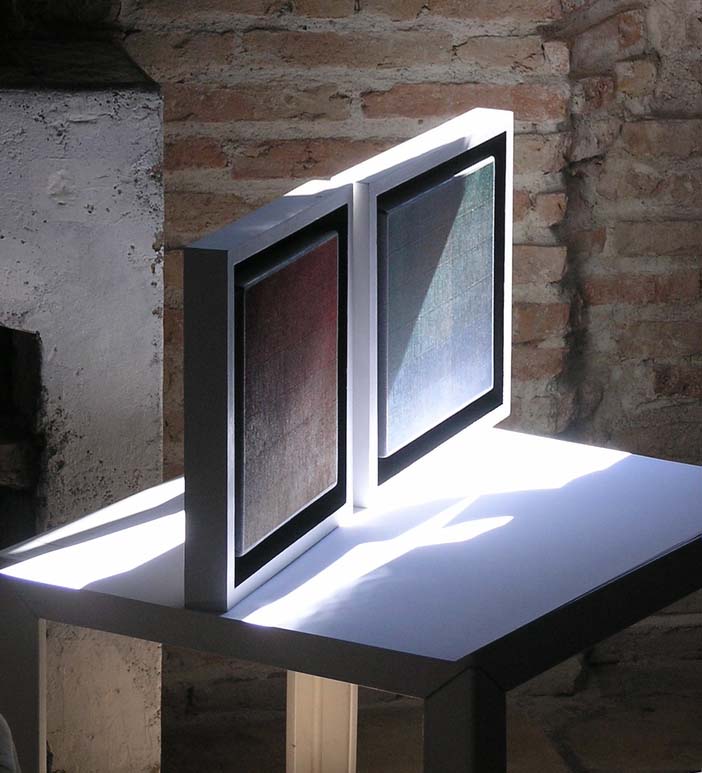Mutual benefits
During the twelve years I worked among scientists at the University of Stirling in Scotland, a transformation took place in my understanding of just about everything to do with the role of the eye and the brain in the organisation of the the main perceptual and motor skills used in the making of drawings and paintings. PART 2 of my book “What Scientists can Learn from Artists” tells of experiments done by myself, colleagues and other scientists that made especially significant contributions to this exciting development.
Chapter 7, (accessed by clicking on link below) offers an autobiographical introduction the contents of PART 2 that gives a flavour of what I was up to in those years. A theme that runs through its pages is that the transformative learning was a two way process, offering benefits to all concerned. Time revealed many unexpected advantages in my being a combination of an experienced artist/teacher and a naive beginner in all the scientific disciplines in which I was to participate. My new colleagues found themselves faced with a drip feed of questions coming from unfamiliar perspectives that were to prove their value as catalysts capable of stimulating new ideas for a surprising number of highly expert scientists, working in a variety of disciplines. In return, their often participatory responses enabled me to put together the body of ideas that underpin the originality of my books, my teaching and, to an important extent, my work as an artist.
.
CHAPTER 7-AN ARTIST AMONG SCIENTISTS
.

Chapters from “What Scientists can Learn from Artists”
These deal in greater depth with subjects that feature in the other volumes
- Introducing the chapters
- Chapter 6 – illusory pictorial space
- Chapter 8 – Constraint in artistic aids and practices
- Chapter 9 – Blindsight & the bakery facade
- Chapter 10 – Movement, surface-form and spatial layout
- Chapter 11 – Body colour and local colour interactions
- Chapter 12 – Colour constancy
- Chapter 15 – The other constancies
.
More information on my main colleagues
Go to list of all other contents